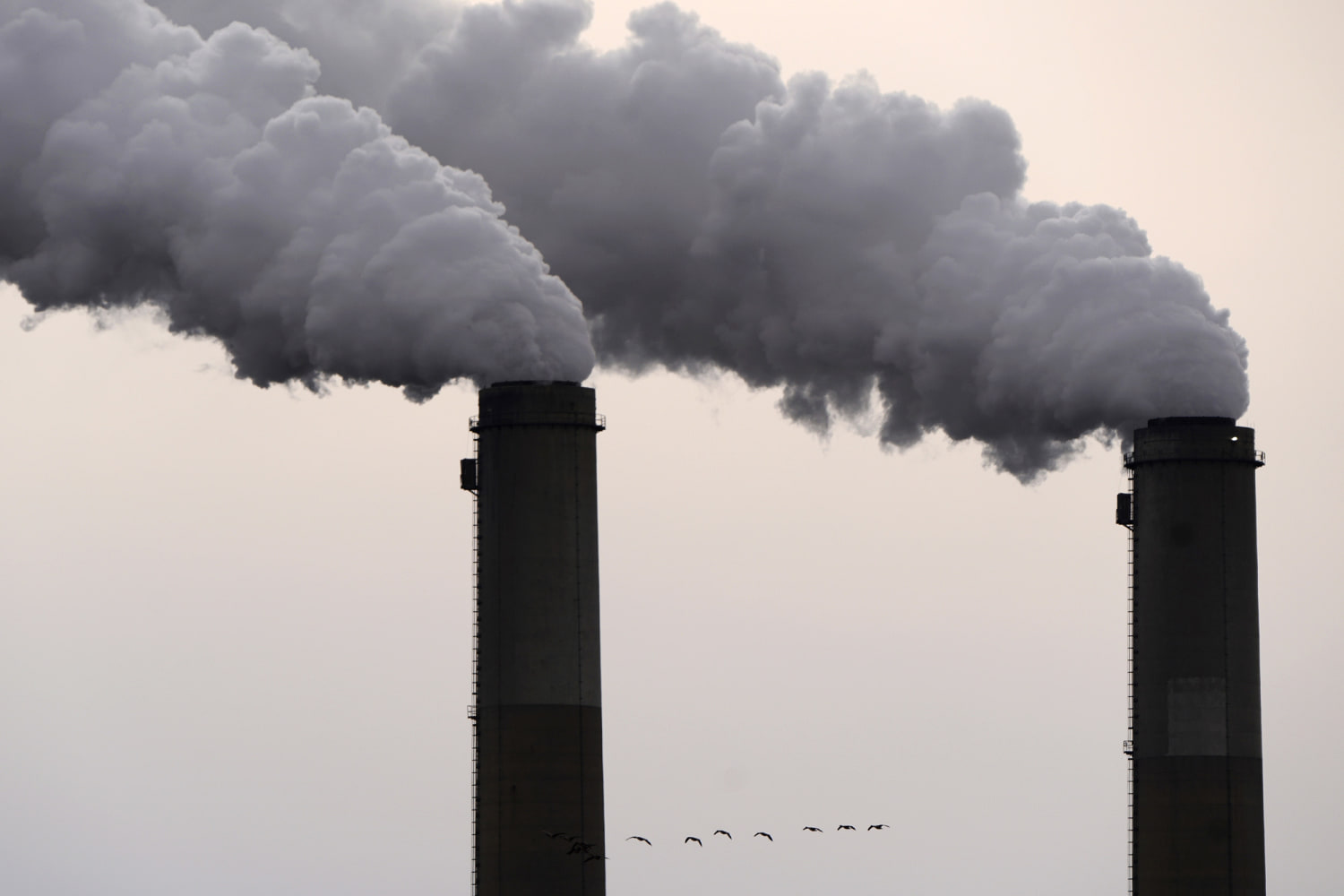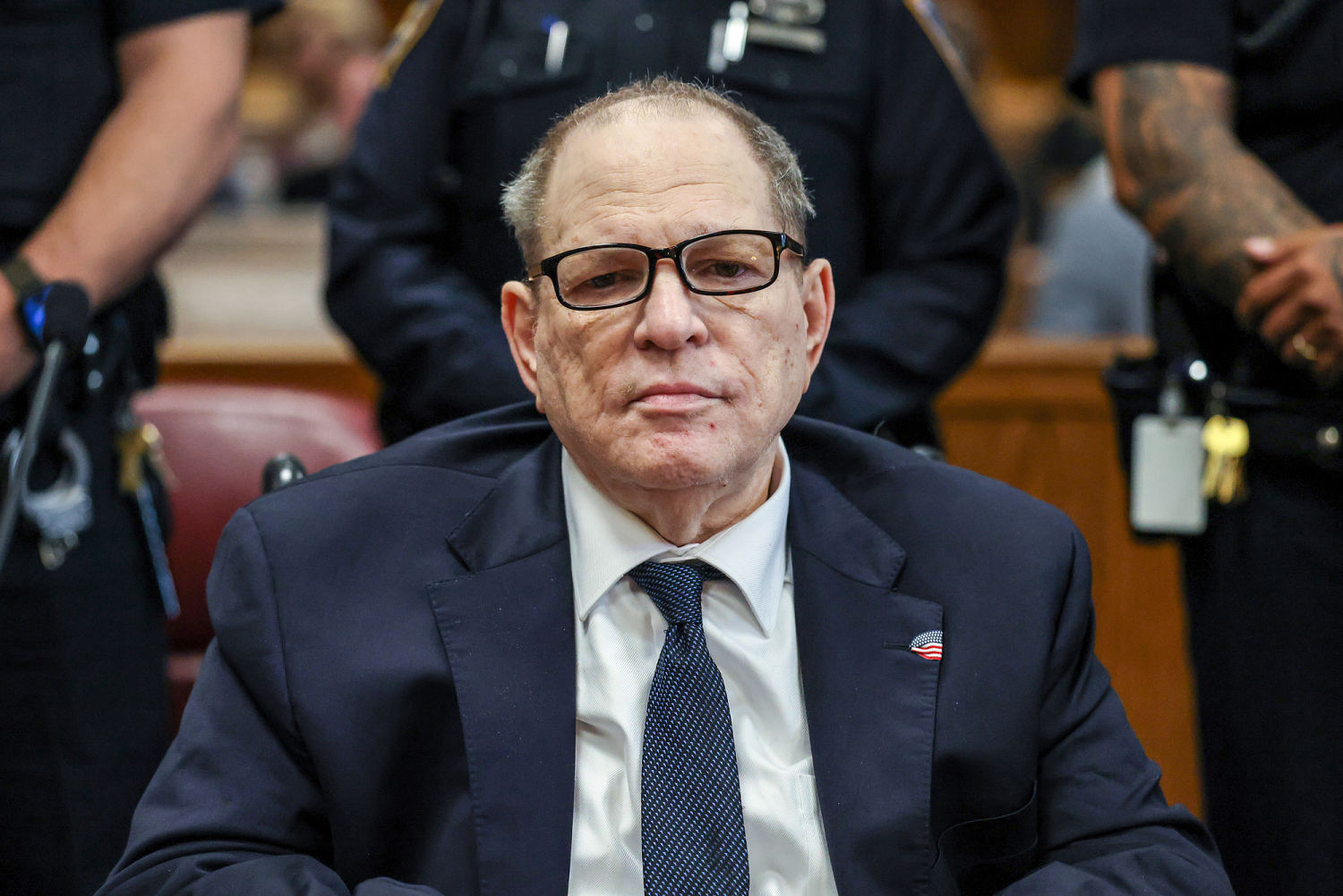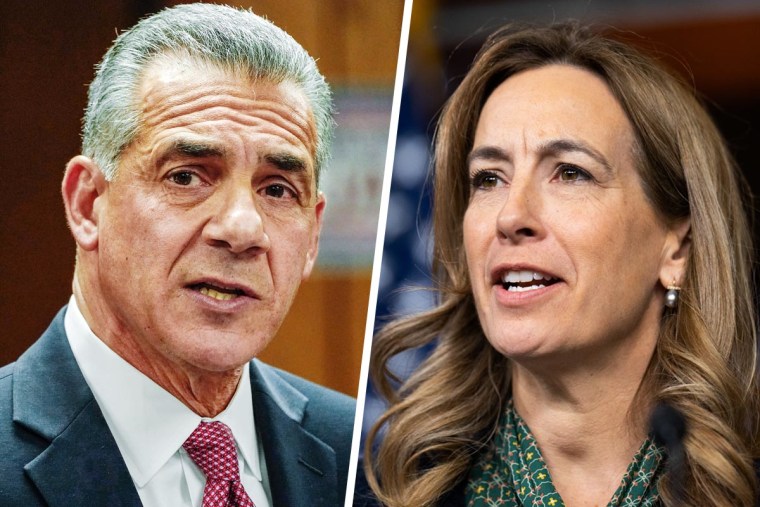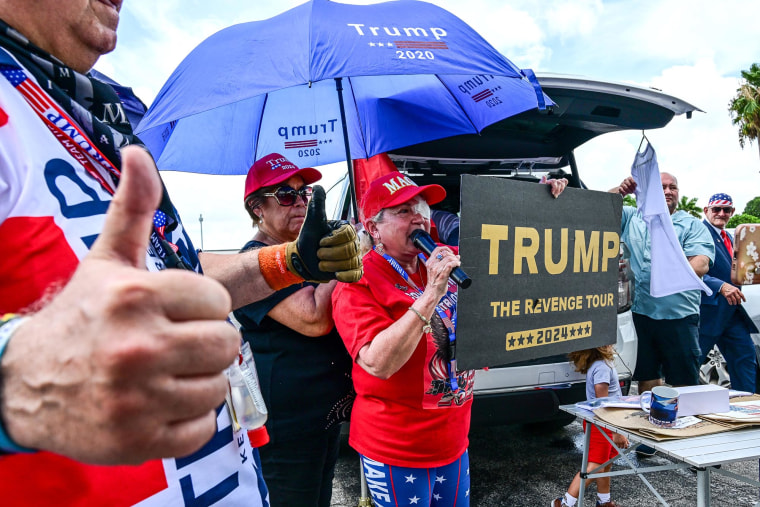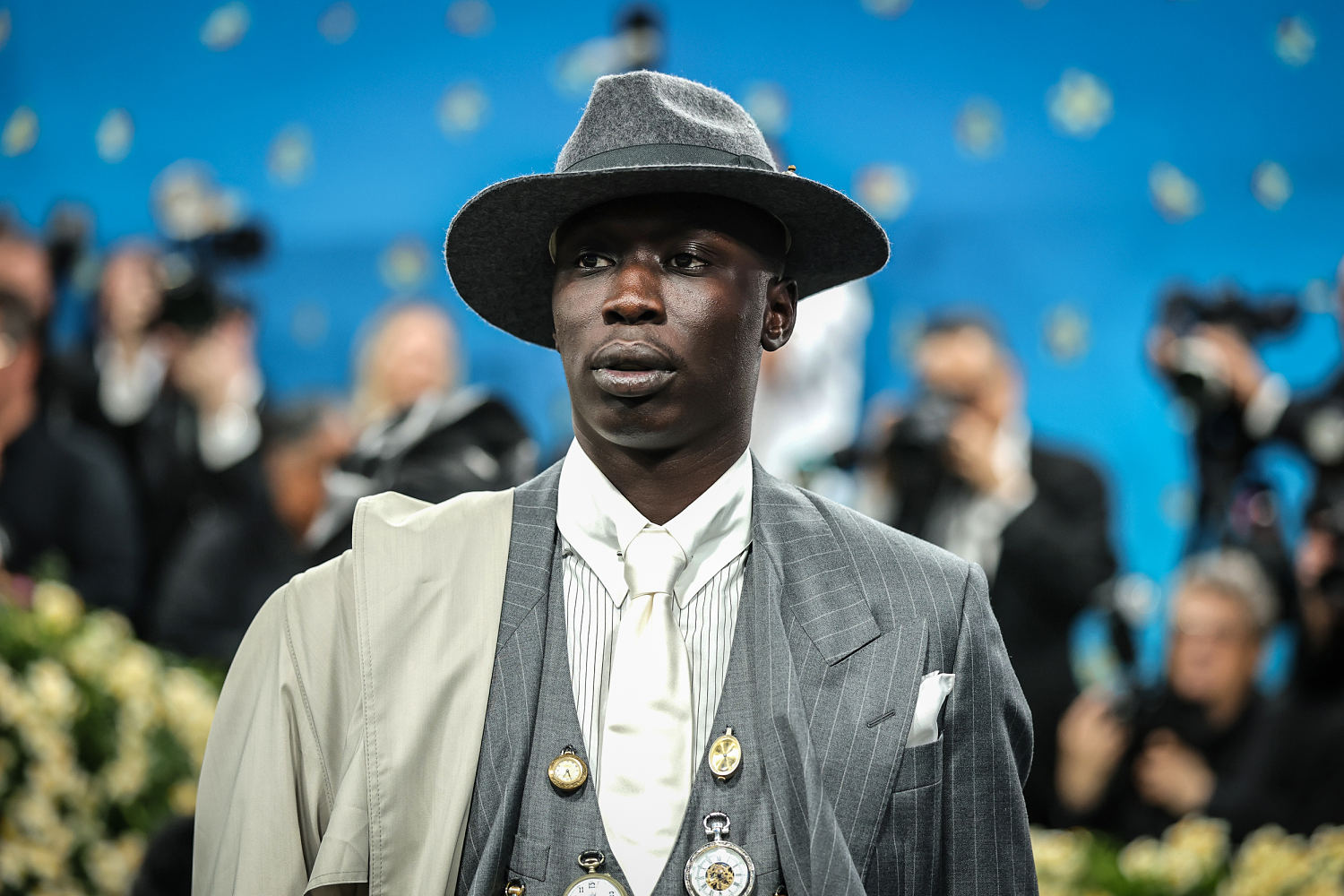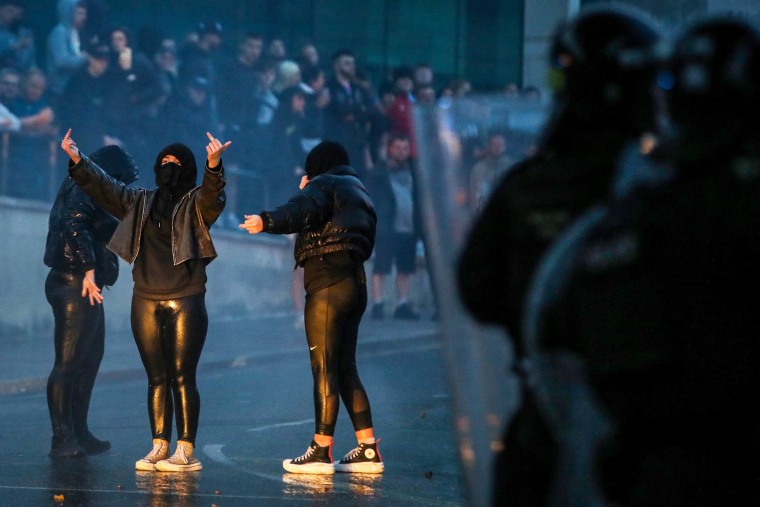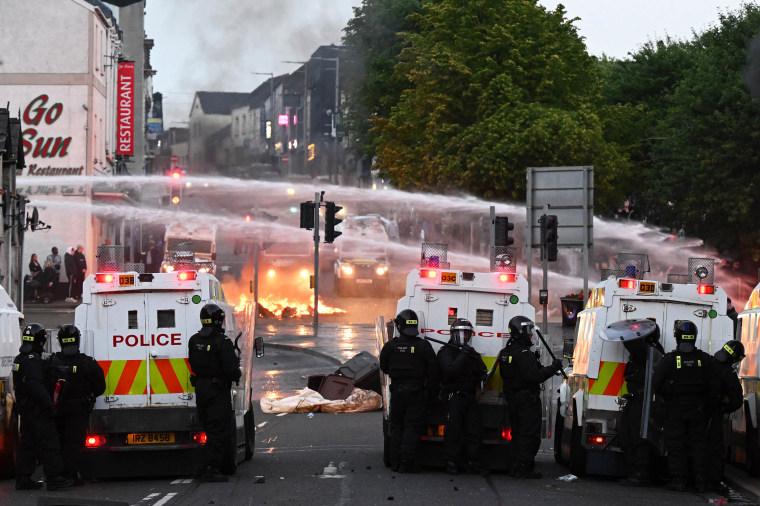WASHINGTON — As Republicans barrel toward a critical deadline this summer to lift the debt ceiling, they say there’s no “Plan B” to avert an economically disastrous default if they fail to pass the massive bill for President Donald Trump’s agenda in time.
Congressional Republicans are eyeing increasing the debt limit by $4 trillion to $5 trillion so the government can keep borrowing to meet the country’s obligations. It’s part of their broader domestic policy package, which the Senate needs to pass before it can go back through the House and ultimately to Trump’s desk for his signature. And the GOP only has three votes to spare in both chambers.
“There is no Plan B,” Senate Majority Leader John Thune, R-S.D., said Tuesday when asked by NBC News if he has a backup plan for the debt limit. “It’s Plan A. We have to get it done. Failure is not an option.”
It’s a risky gamble by GOP leaders, who are putting all their chips on passage of the One Big Beautiful Bill Act by the debt ceiling deadline.
“We’re going to get reconciliation done,” Senate Majority Whip John Barrasso, R-Wyo., said when asked what the party’s fallback plan is on the debt ceiling. (Reconciliation refers to the budget process Republicans are using to pass their bill, which allows them to bypass the 60-vote threshold in the Senate and cut Democrats out of the process.)
The Treasury Department has urged Congress to raise the debt ceiling “by mid-July” to safely avoid default. The Congressional Budget Office projected this week that the deadline may be later, “between mid-August and the end of September,” although that won’t be official unless the Treasury Department agrees.
If Republicans fail to pass their sprawling bill in time, they would need to negotiate with Democrats to pass a standalone debt limit extension through the 60-vote process in the Senate.
But there have been no negotiations between party leaders on that front, according to Republican and Democratic aides with knowledge of the dynamics. One GOP aide said the party is “full steam ahead on Plan A” and suggested there may still be time to consider a fallback if they absolutely need to.
Some Republicans say it’s a deliberate tactic to drive up the urgency of passing their filibuster-proof bill.
“We should be set an expectation that we’re getting this done in July, and it includes the debt ceiling,” said Sen. Thom Tillis, R-N.C. “I think the minute you start talking about a backup plan, you’re going to have a backup plan.”
If Republican leaders eventually decide they want to cut a bipartisan deal on the debt ceiling, it’s unclear what — if anything — Democrats would demand.
Some, like Sen. Elizabeth Warren, of Massachusetts, and Rep. Brendan Boyle, of Pennsylvania., have insisted on abolishing the debt limit entirely in order to prevent the full faith and credit of the United States from being used as leverage in policy negotiations. That’s an idea Trump recently endorsed.
“I am very pleased to announce that, after all of these years, I agree with Senator Elizabeth Warren on SOMETHING,” Trump wrote on Truth Social last week. “The Debt Limit should be entirely scrapped to prevent an Economic catastrophe.”
But there’s scant support within the GOP for it, as Republicans have found success using it to extract concessions from Democratic presidents in the past.
There’s no indication that Democrats would respond in kind this year if Republicans came to them and asked for their votes on the debt ceiling.
“I’m not debating hypotheticals,” Senate Minority Leader Chuck Schumer, D-N.Y., said when asked what he’d want in exchange.



